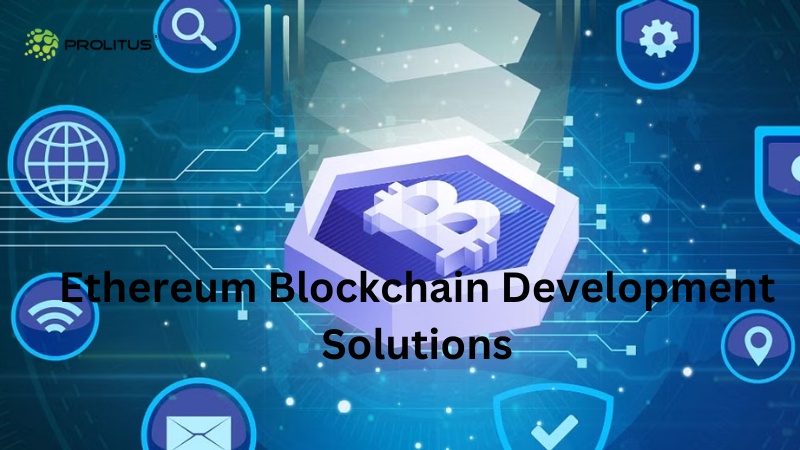The blockchain landscape has been evolving rapidly, and at the forefront of this revolution is Ethereum. Known for its flexibility and robust smart contract capabilities, Ethereum has positioned itself as the go-to platform for decentralized applications. However, as the demands of the digital economy grow, Ethereum faces the challenge of scaling effectively while maintaining security and decentralization. This has given rise to a new era of Ethereum blockchain development solutions.
The Genesis of Change
Ethereum’s journey began with a simple premise: to build upon the blockchain technology pioneered by Bitcoin and introduce a platform where developers could create decentralized applications (dApps). The innovation of smart contracts allowed for automated, programmable transactions, which opened up a world of possibilities.
The Scalability Conundrum
The initial design of Ethereum, while revolutionary, was not without its limitations. Scalability has been a significant hurdle, with the network often becoming congested, leading to high transaction fees and slower processing times. This has prompted developers to seek out next-gen blockchain development strategies to address these issues.
The Dawn of Ethereum 2.0
Ethereum 2.0 marks a significant step in the platform's evolution. This upgrade shifts the network from a proof-of-work (PoW) to a proof-of-stake (PoS) consensus mechanism, which is expected to reduce energy consumption drastically and increase transaction throughput. This transition embodies the next-gen strategies that are vital for the blockchain's future.
Layer 2 Solutions: A Bridge to the Future
While Ethereum 2.0 is underway, Layer 2 scaling solutions are providing immediate relief. These protocols operate on top of the Ethereum blockchain, offering faster and cheaper transactions. Solutions like Optimistic Rollups and zk-Rollups are gaining traction, showcasing the innovative approaches within Ethereum blockchain development solutions.
Interoperability and Cross-Chain Bridges
Interoperability is another cornerstone of next-gen blockchain development. The ability for Ethereum to interact seamlessly with other blockchains can open up new avenues for dApp developers and users. Cross-chain bridges and interoperability protocols are thus becoming integral parts of Ethereum blockchain development solutions.
Embracing Decentralized Finance (DeFi)
Decentralized finance has emerged as one of the most prominent use cases for Ethereum. DeFi applications offer financial services without the need for traditional intermediaries, and the development of these applications is a key area of focus within Ethereum’s ecosystem.
The Role of Development Frameworks and Tools
The growth of the Ethereum ecosystem has been supported by an array of development frameworks and tools. These include Truffle, Hardhat, and Brownie, which streamline the development process, allowing for the creation of more sophisticated and secure dApps.
Conclusion: A Continuous Journey
Ethereum's evolution is an ongoing journey, with developers continually seeking out new strategies to enhance the platform's capabilities. The emphasis is on creating Ethereum blockchain development solutions that are scalable, interoperable, and accessible. With these solutions, Ethereum is well on its way to not just shaping the future of blockchain but also paving the way for a new decentralized digital economy.
In the dynamic field of blockchain technology, Ethereum's adaptability and commitment to innovation set a benchmark for others to follow. As we look ahead, the Ethereum community's efforts to push the boundaries of what's possible with blockchain development will likely remain a beacon for the entire industry.


No comments yet